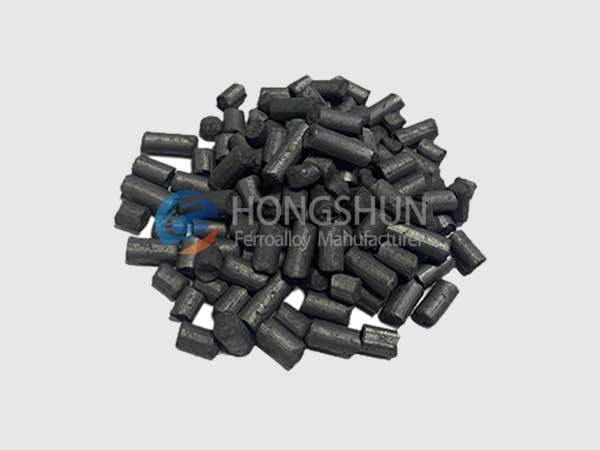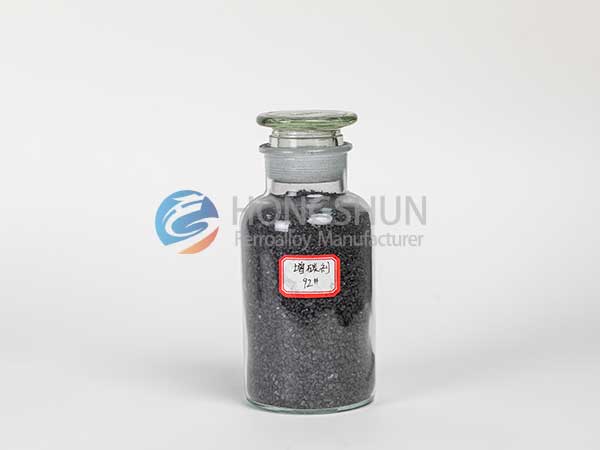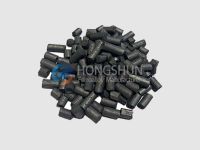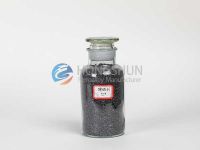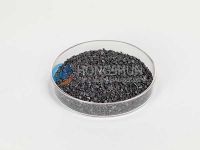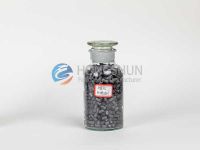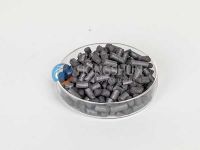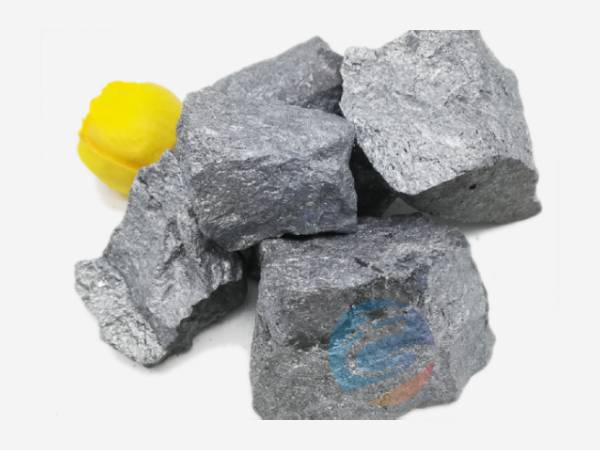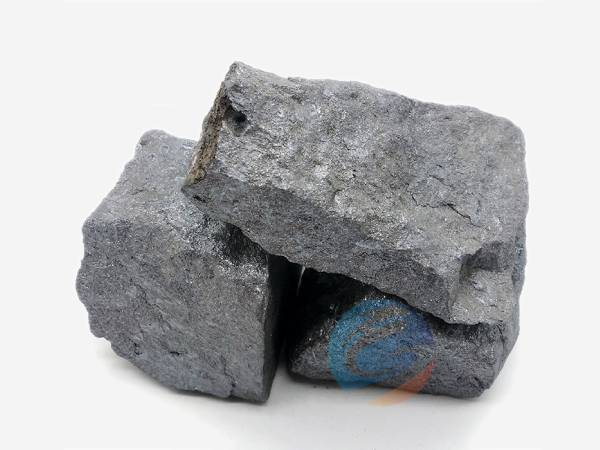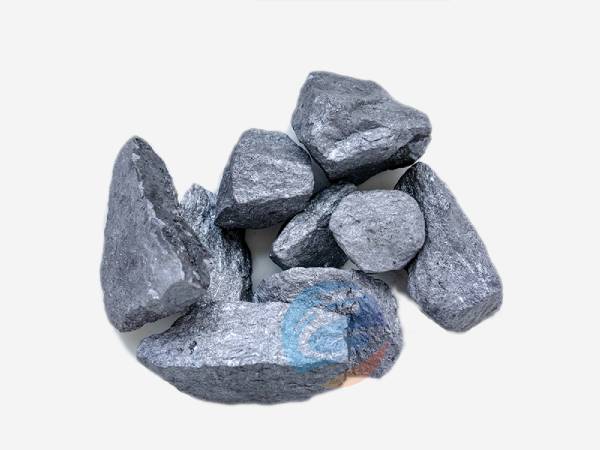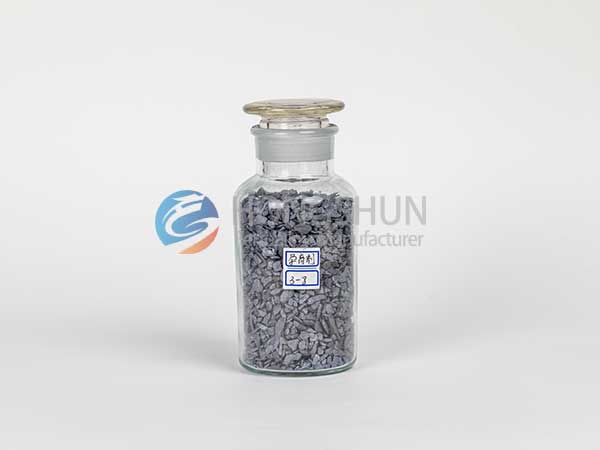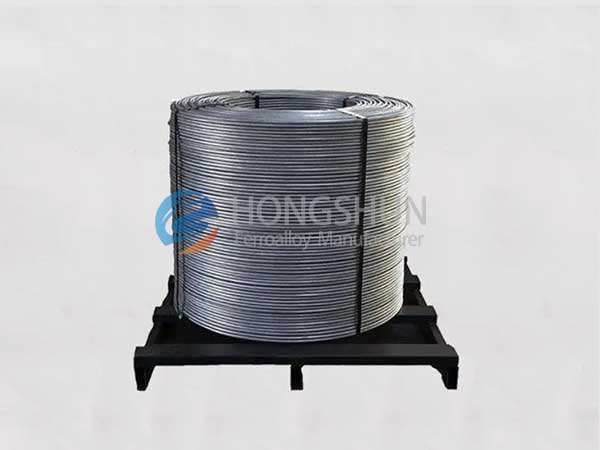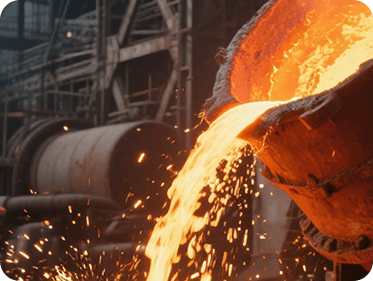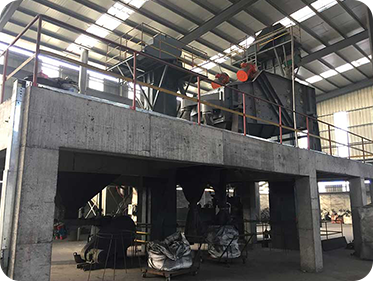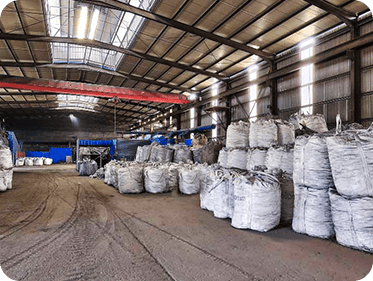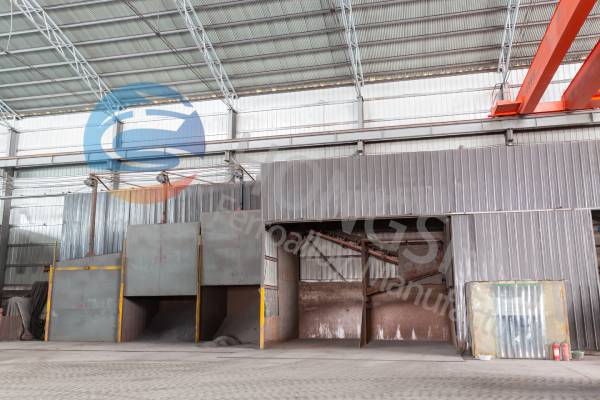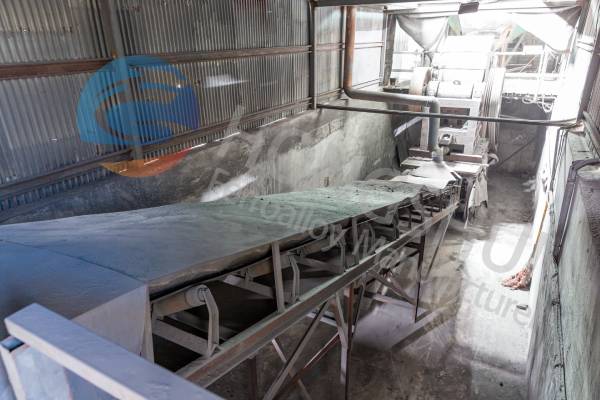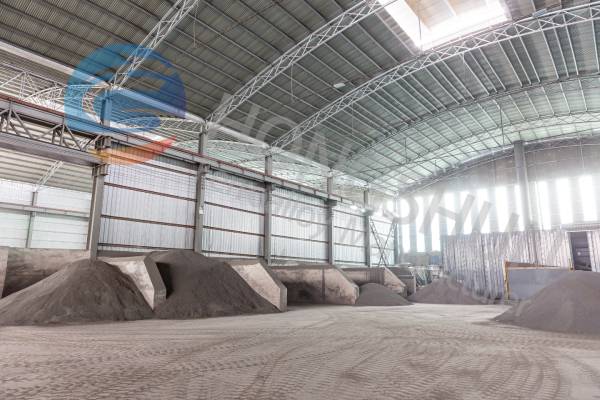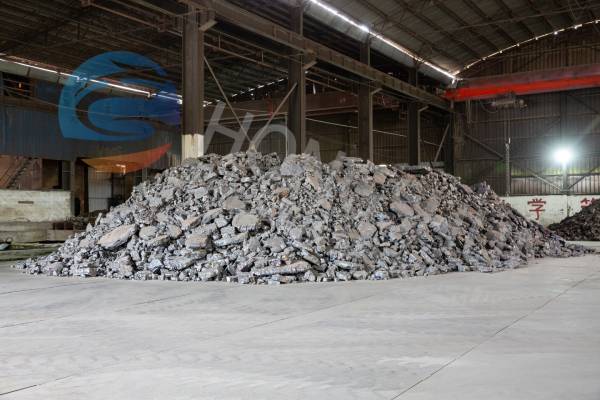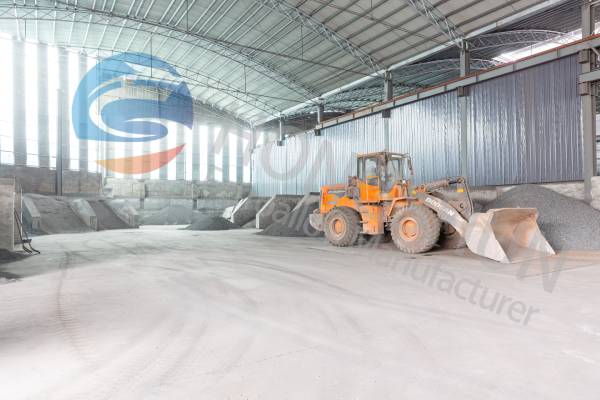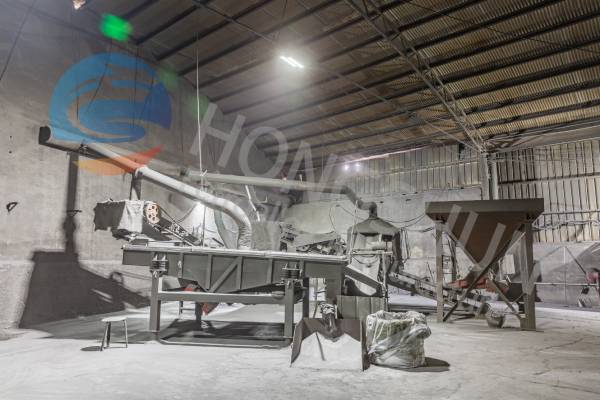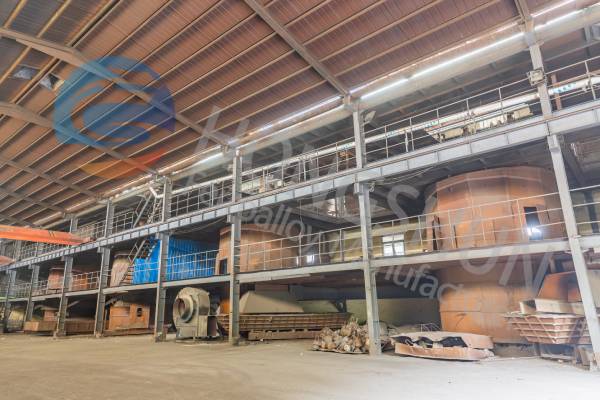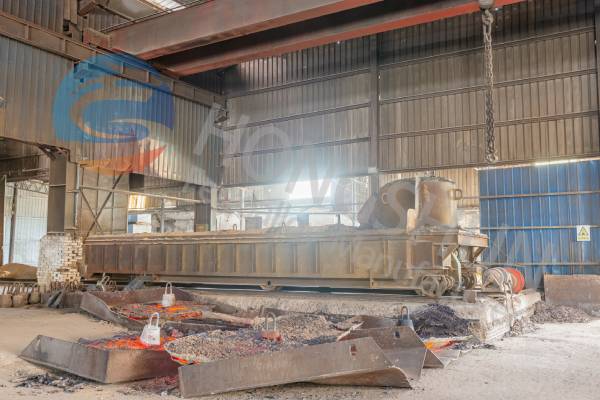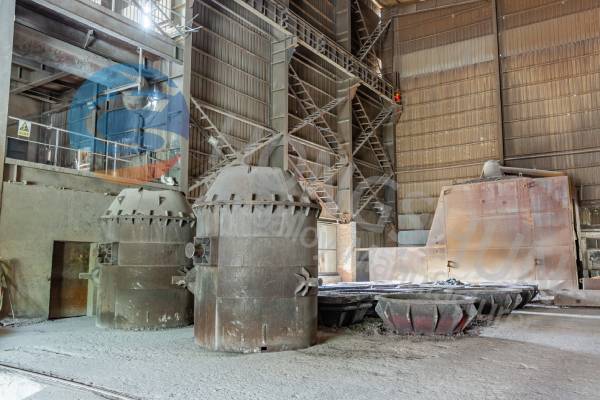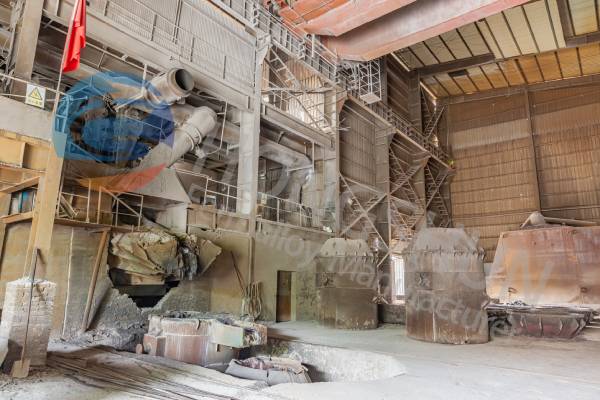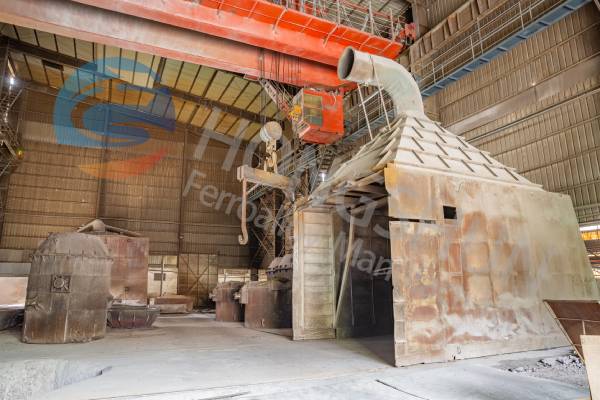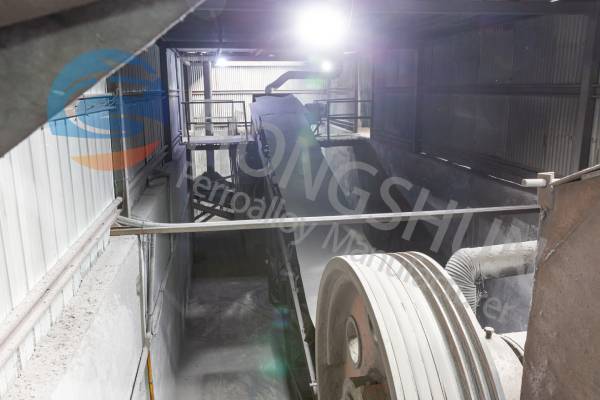A carbon raiser is a carbon-containing material added during steel and iron smelting to replenish carbon lost in the process. Factors like extended smelting time, holding periods, and excessive overheating often reduce the carbon content in molten iron, preventing it from reaching the desired theoretical levels for refining. To address this, carbon raisers—also called carbon additives—are introduced. High-quality carbon raisers are vital auxiliary materials for producing premium steel and iron castings. Hongshun also offers a range of ferroalloys for steelmaking and other uses, including silicon nitride, ferrochrome nitride, and silicon briquettes.
Types of Carbon Additive
Carbon additives include calcined petroleum coke, graphite petroleum coke, calcined anthracite coal, electrical calcined anthracite, and natural graphite. Below are brief introductions to the most commonly used types:
CAC: Calcined Anthracite Coal
This carbon additive is made from anthracite coal that undergoes dry distillation at around 1300°C to reduce volatile content and increase solid carbon concentration.
CPC: Calcined Petroleum Coke
Calcined petroleum coke is considered the most suitable carbon raiser for steelmaking. It is produced by high-temperature calcination (1200-1400°C) of raw petroleum coke, which removes moisture, volatiles, and impurities. The carbon content reaches about 98.5%. The quality of CPC largely depends on its low sulfur content, which directly affects the steel quality.
GPC: Graphite Petroleum Coke
Graphite petroleum coke is made by calcining green coke at extremely high temperatures (around 3000°C), resulting in a high degree of carbon fixation and significantly lower sulfur, nitrogen, and phosphorus content than coal. It is mainly used in ductile iron production due to its rapid absorption, high carbon content, and low sulfur characteristics.
Specification of Carbon Raiser
| Model Item | C(min) (%) | S(max) (%) | Ash(max) (%) | Volatile Matter(max) (%) | Moisture(max) (%) |
| GPC | 98% | 0.05 | 0.3 | 0.5 | 1 |
| CPC | 98.5% | 0.05-0.35 | 0.3 | 1 | 1 |
| CAC | 85-93 | 0.35 | 4-8 | 1 | 1 |
| Size: 1-3mm, 3-5mm, 5-8mm Packing:25kg bag or one-ton jumbo bag packing as customer requirement. | |||||
Advantages of Carbon Additive
1. Improved Casting Strength
By adding carbon additives along with scrap steel during smelting, especially under high carbon content conditions, the molten iron becomes purer, resulting in high-strength gray cast iron castings and superior casting materials.
2. Enhanced Recarburization in Molten Iron
In processes like electric furnace smelting, carbon additives promote the formation of graphite nuclei while simultaneously reducing oxidation of the liquid iron, improving the overall quality of the molten metal.
3. Reduction of Shrinkage Tendency
Carbon additives help prevent or minimize shrinkage defects during solidification. The expansion caused by graphitization reduces the shrinkage tendency of molten iron, leading to better casting integrity and fewer defects.
Application of Carbon Raiser
Carbon raisers are mainly used in electric furnace steelmaking to increase the carbon content in steel and ductile iron foundries. They allow for a higher proportion of scrap steel, reducing or even eliminating the need for pig iron, which effectively lowers steelmaking costs.
Beyond steelmaking, carbon raisers are also applied in metallurgy, glass manufacturing, casting, graphite crucible smelting, and the production of metals like aluminum and titanium.
During electric furnace feeding, the carbon raiser should be added together with scrap steel and other charges, with smaller amounts sprinkled on the molten iron surface. However, large batches should be avoided to prevent excessive oxidation and poor recarburization, which can lead to insufficient carbon content in castings.
The dosage of carbon raiser depends on the raw material mix and desired carbon content. Selecting the appropriate type of carbon raiser—preferably high-purity, graphitized carbon—helps minimize impurities in pig iron and reduces overall casting production costs.

